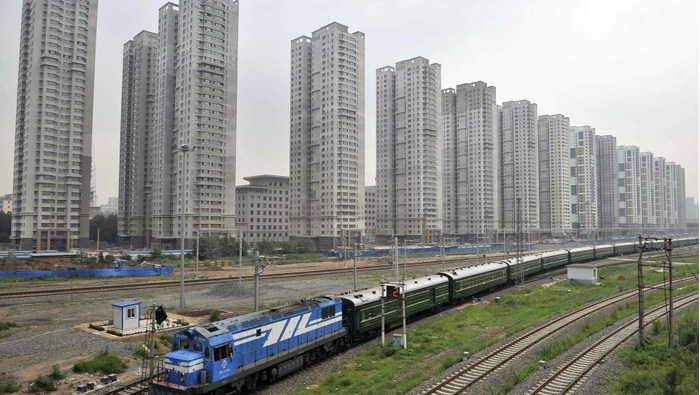
Today, nations across the world use various parameters to gauge economic performance, including GDP growth, the ability to create new jobs, average salaries, standard of living, purchasing power, and consumer confidence indices. GDP growth is widely regarded as the definitive tool for measuring a nation’s progress in shaping a promising and prosperous haven for its citizens.
Following an economic slump during which the international stock market and growth rates continued to plummet, the global economy registered significant gains in mid-2016.
However, the positive impact of this recovery on people’s lives may now need to be re-evaluated, especially with several indications that it is likely to be unsustainable. In reality, many countries are lagging behind as they grapple with inflation rates below target, weak wage growth and rising costs of living.
Many financial markets and most stock exchanges in the Arab region tend to ignore the recovery in their global counterparts, while a select few are subject to downward correction that is largely confusing to investors.
Meanwhile, there is also a growing concern about the high cost of living and the decline in the purchasing power that have led to a downturn in the demand for goods and services. This is an economic problem in the making and could lead to crises of mammoth proportions in the coming years.
The question then is, why are we heading in this direction, especially given the growth rates in the GCC region?
In order to view a clearer picture we must consider other indicators of real economic growth, aspects that contribute to ‘effective growth’ - a new concept that lays emphasis on delivering the benefits of economic growth across all strata of society and sustaining these benefits in the long-term.
High economic growth rates have the power to transform citizens’ lives for the better. An excellent illustration from recent decades is that of China,
a nation whose rapid growth pattern starting in 1980 lifted more than 400 million citizens over the poverty line.
Interestingly, this growth led to an increase of the average income of the Chinese population 14 times between 1960 and 2005.
Likewise, South Korea experienced success in increasing citizens’ income 10 times in 40 years, while Singapore was faster still - achieving the same outcomes in just 35 years. Other countries that were able to increase average income include Japan, Malaysia, Thailand and, to a lesser extent, Brazil. What we can learn from these case studies is that sustained economic growth is one of the most effective tools for reducing poverty and raising the standard of living.
However, it is important to note that economic growth alone, even if it is steady and continuous, is not the absolute way forward. Gregory Clark, a professor of economics at the University of California - Davis, who specializes in analyzing the long-term growth and wealth of nations, made some valid points in his 2007 book A Farewell to Alms, A Brief Economic History of the World. He reiterated that the wealth of nations and their success in achieving economic progress and prosperity depend greatly on the principle of competitiveness and equal opportunities through flexible laws that can boost the development of economic activities in various sectors.
Therefore, it is imperative for visionary governments to provide the necessary funding for entrepreneurs and youth aspiring to improve their economic situation.
Through developing a spectrum of SME financing programs, most governments in the GCC region are aiming to do just that.
Needless to say, the growth of SMEs in the region will lead to more job opportunities, increased income and higher demand, leading to effective and sustainable growth that contributes to changing people’s lives for the better.